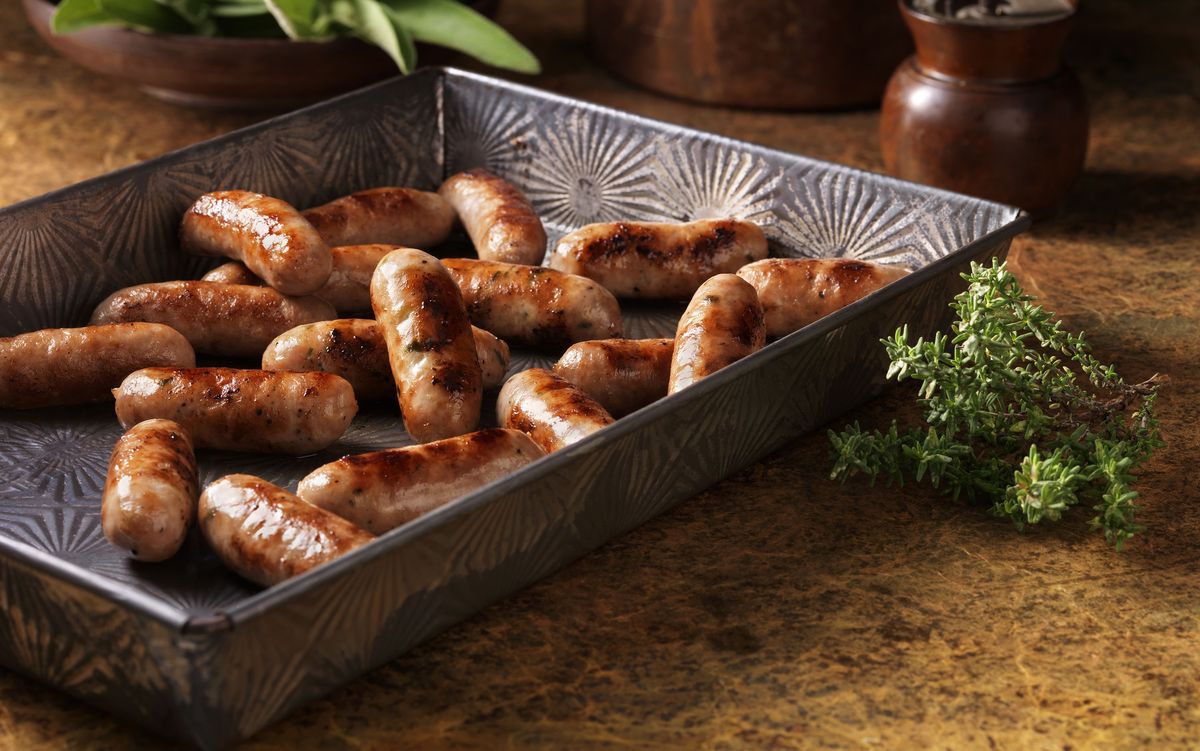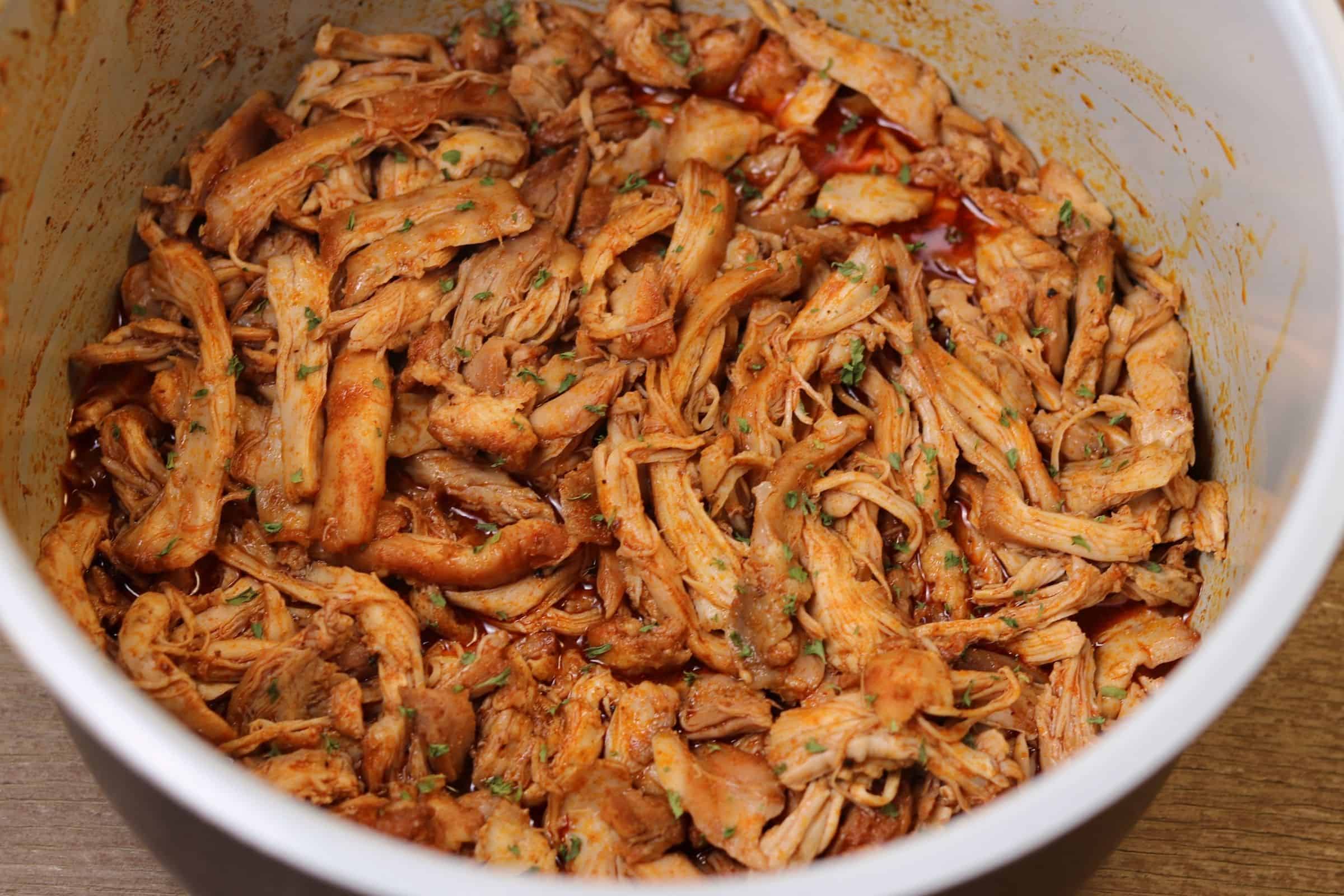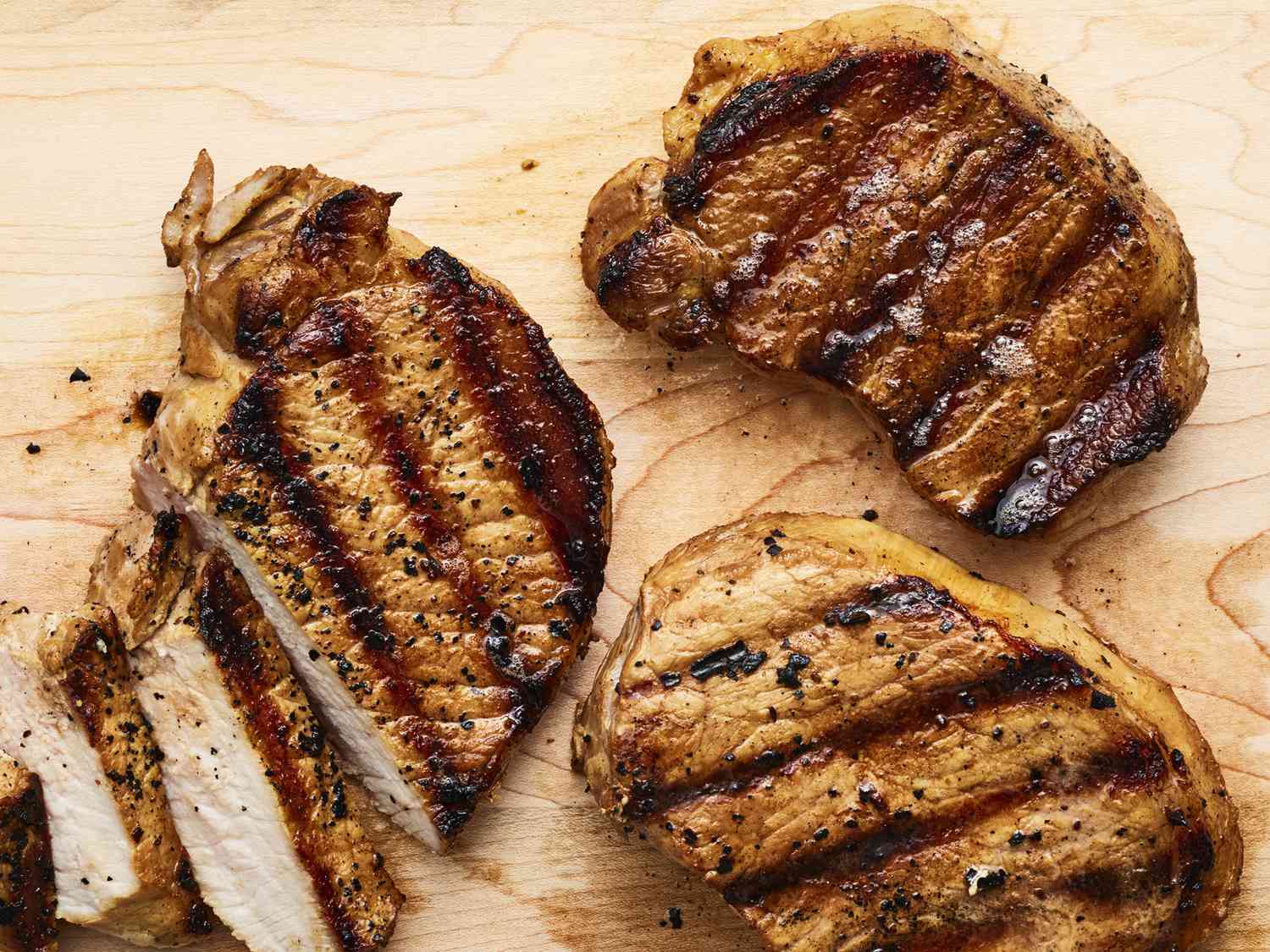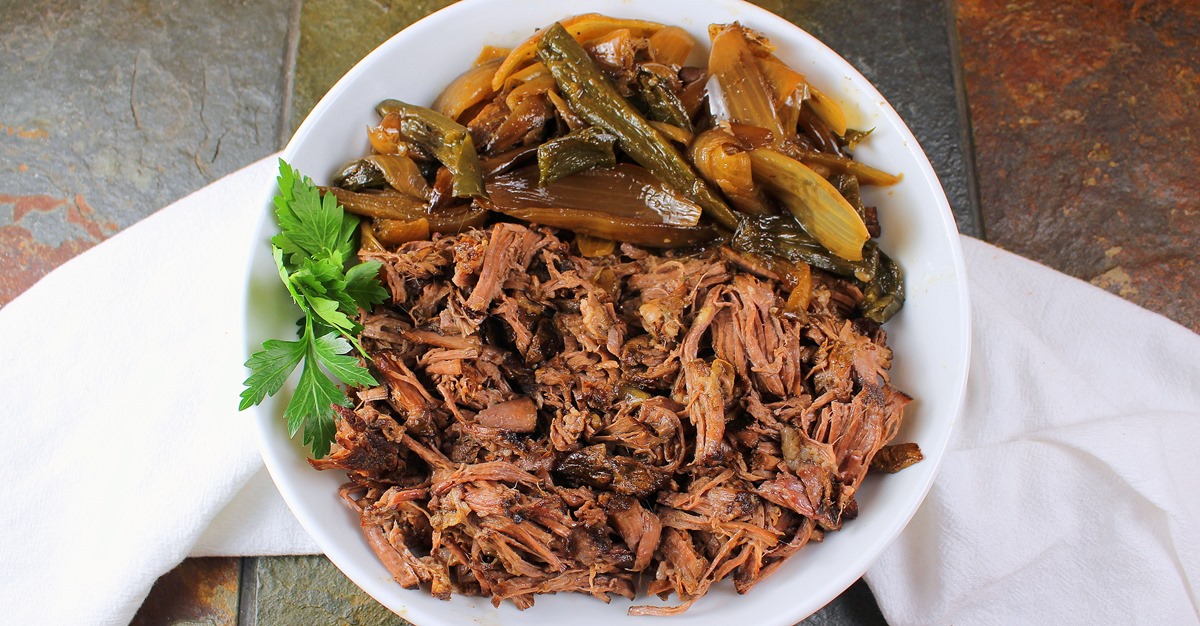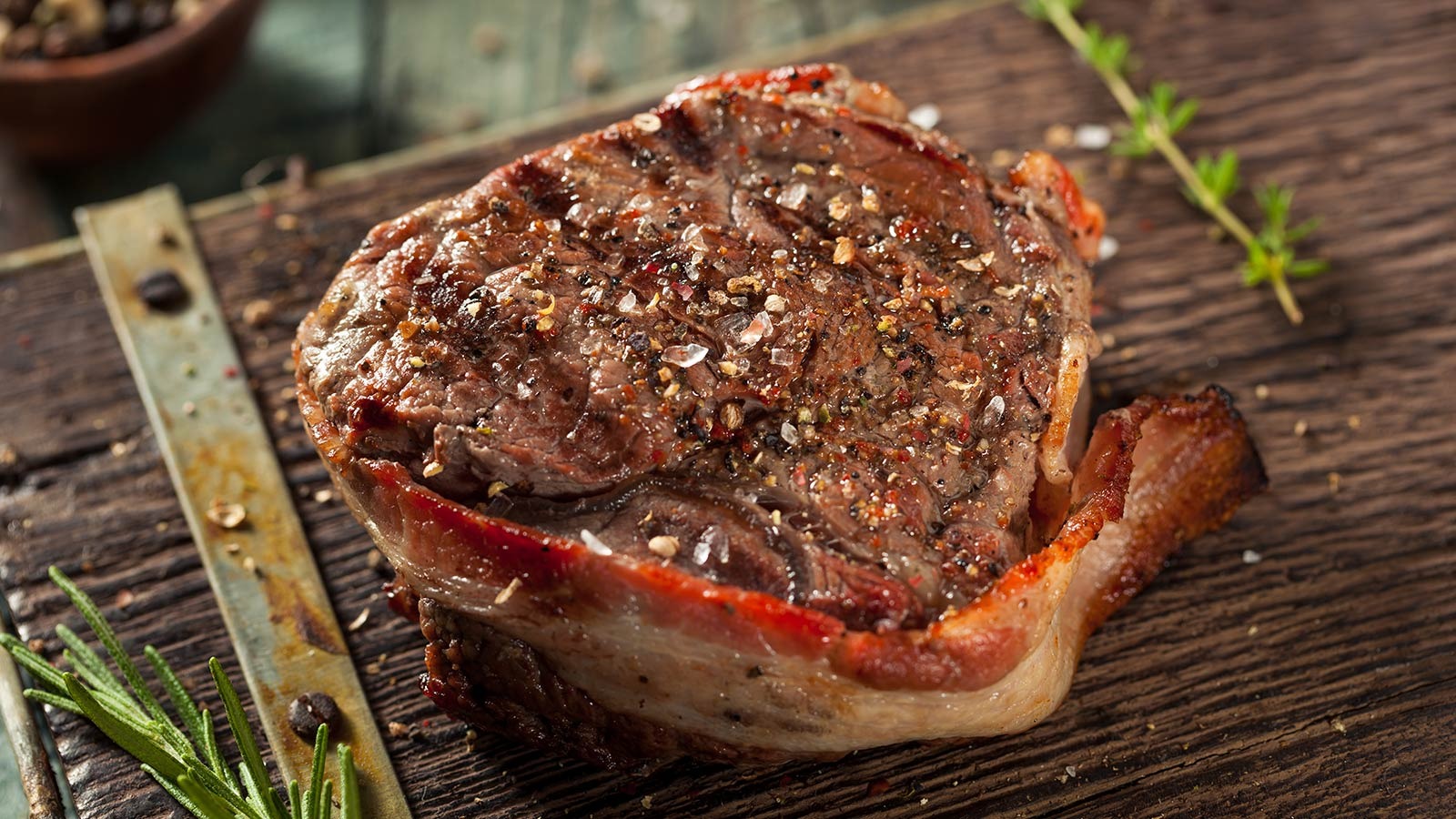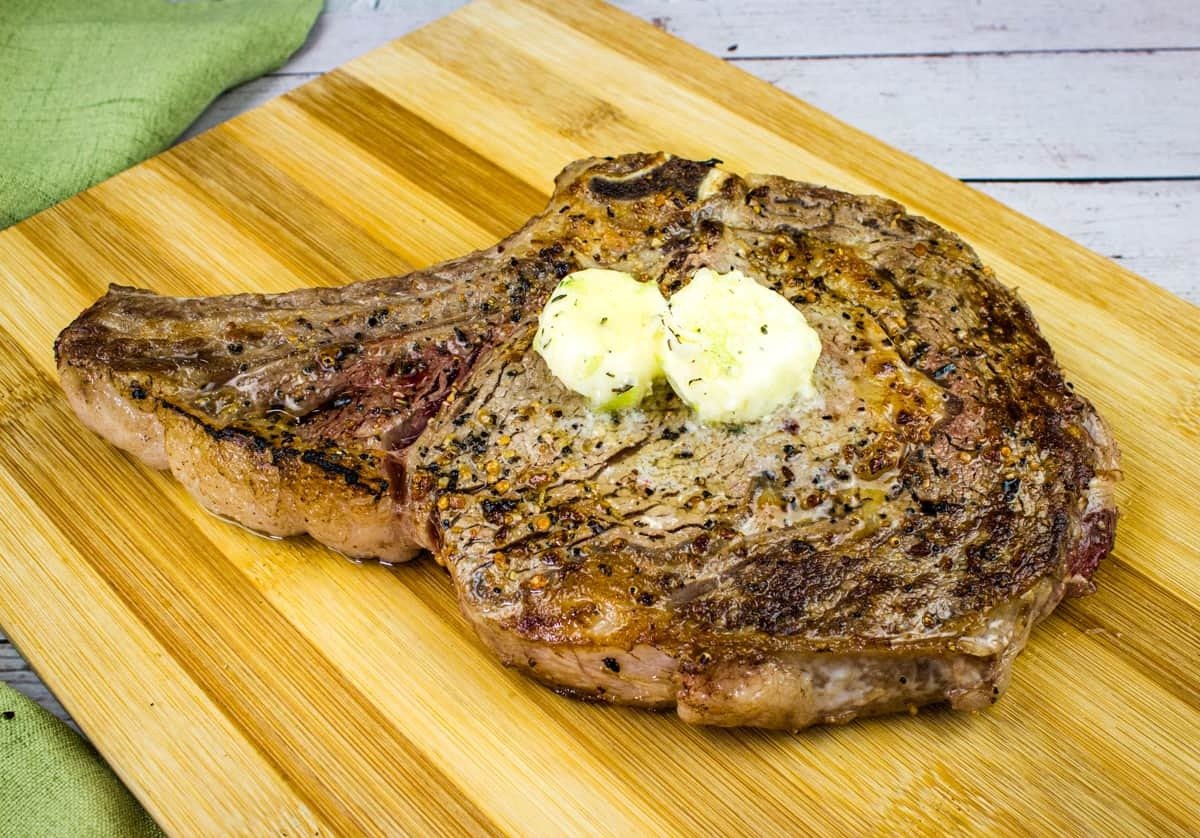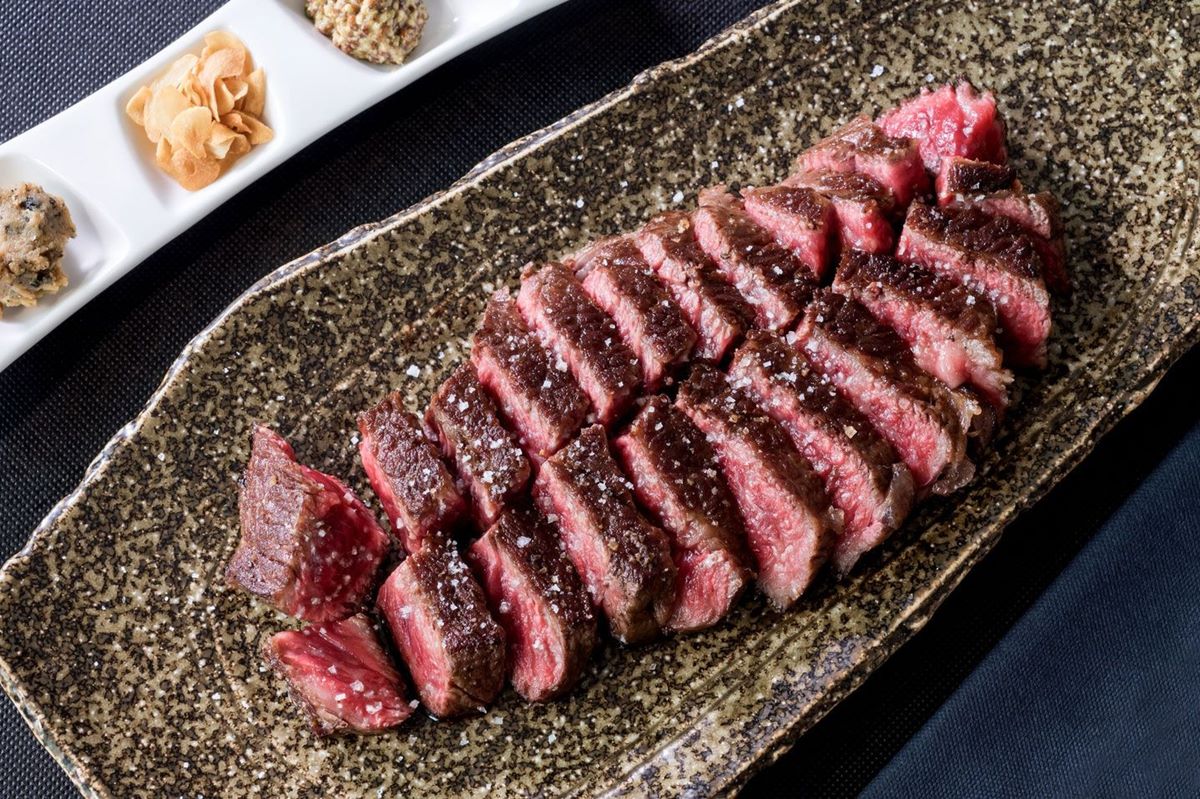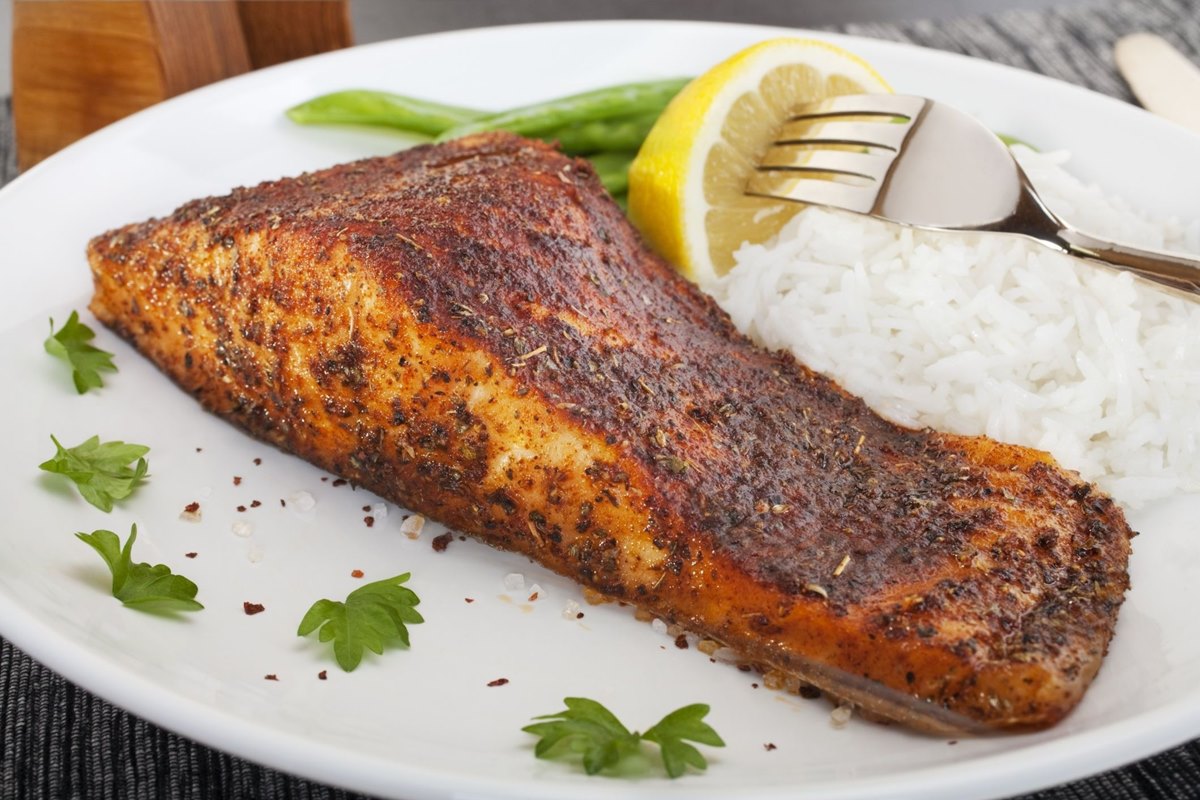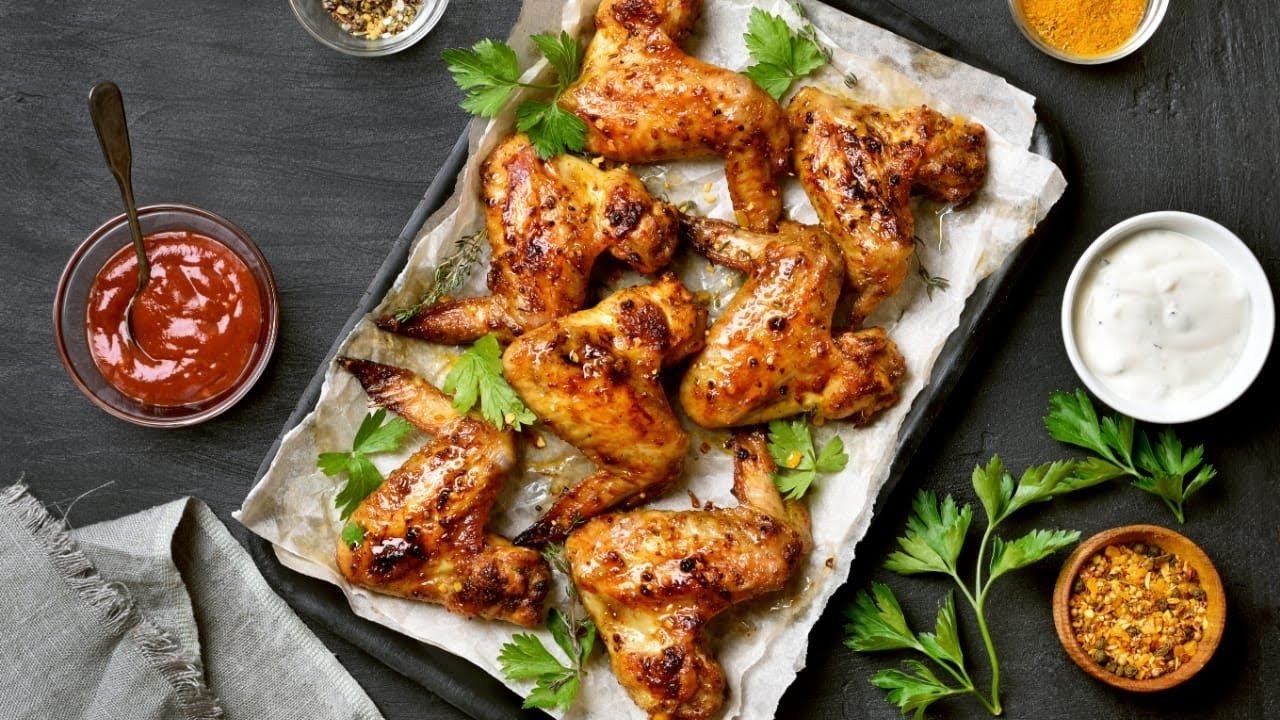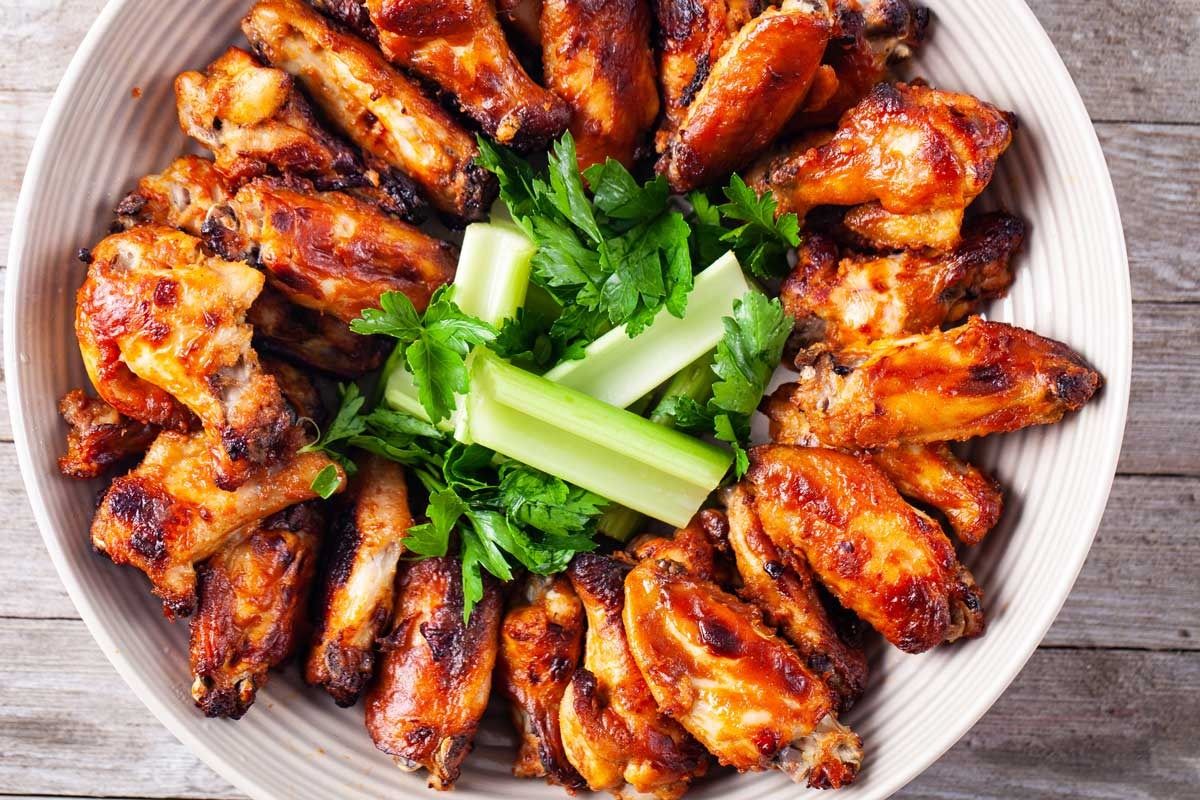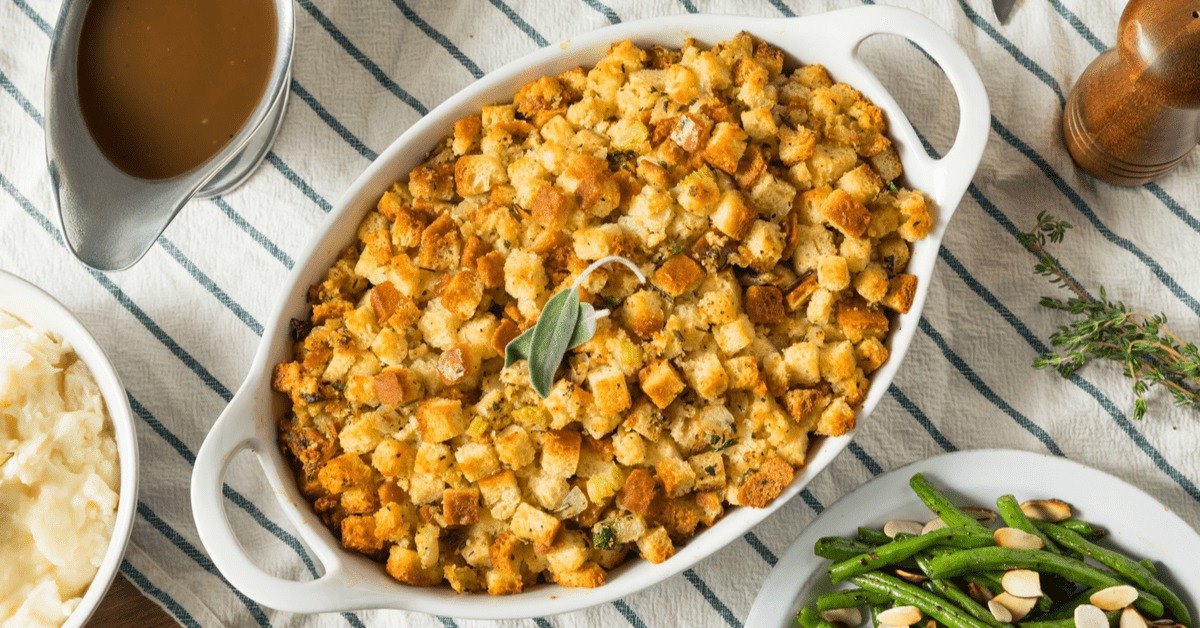How To Cook Beef Shoulder Steak On Stove
Are you craving a juicy and tender beef shoulder steak? Look no further! In this guide, we will show you step-by-step how to cook a mouthwatering beef shoulder steak right on your stove. Get ready to impress your family and friends with this delicious and easy-to-make dish!
Ingredients:
- 1 beef shoulder steak
- Salt and pepper (to taste)
- Olive oil
- Butter
- Garlic cloves (optional)
Instructions:
- Start by ensuring your beef shoulder steak is at room temperature. This allows for even cooking and better flavor.
- Season your steak generously with salt and pepper on both sides. You can also add additional spices or herbs if desired.
- Preheat a skillet or frying pan over medium-high heat. Drizzle some olive oil to prevent the steak from sticking.
- Place the seasoned beef shoulder steak onto the hot pan, allowing it to sear for about 4-5 minutes on each side. The goal is to achieve a nice brown crust on the outside while keeping the inside moist and tender.
- If desired, add a few cloves of minced garlic to the pan for extra flavor. Toss them around the steak as it cooks.
- Reduce the heat to medium-low and add a knob of butter to the pan. This will help to enhance the richness and juiciness of the steak.
- Continue cooking for another 4-5 minutes on each side, or until the internal temperature reaches your desired level of doneness. Use a meat thermometer to monitor the temperature. For a medium-rare steak, aim for an internal temperature of around 135°F (57°C).
- Once cooked, remove the beef shoulder steak from the pan and let it rest for a few minutes. This allows the juices to redistribute, resulting in a more flavorsome and tender steak.
- Thinly slice the beef shoulder steak against the grain to ensure maximum tenderness.
- Serve your deliciously cooked beef shoulder steak with your favorite side dishes, such as roasted vegetables, mashed potatoes, or a fresh garden salad. Enjoy!
There you have it! A simple and foolproof method for cooking a delectable beef shoulder steak on your stove. Whether you’re hosting a dinner party or simply treating yourself to a flavorful meal, this recipe is sure to satisfy your cravings. So fire up the stove, gather your ingredients, and get ready to indulge in a steak that’s guaranteed to impress!
More Delicious Beef Shoulder Steak Recipes to Try
Now that you've mastered the basics of cooking beef shoulder steak on the stove, why not experiment with some enticing recipes to further hone your skills? Consider trying the Classic Pan-Seared Beef Shoulder Steak for a straightforward yet delicious introduction. For those who enjoy rich flavors, the Garlic Butter Beef Shoulder Steak and Mushroom Sauce Beef Shoulder Steak are must-tries. If you're in the mood for something with a bit of a kick, the Spicy Rubbed Beef Shoulder Steak could be just the ticket. Each recipe utilizes the techniques discussed in the guide, allowing you to practice and perfect your cooking prowess while enjoying a variety of tasty dishes.
1. Start by seasoning the steak generously with salt, pepper, and any other desired spices.
2. Preheat a skillet or a grill pan over high heat.
3. Add a bit of oil to the pan and let it get hot.
4. Place the steak in the pan and sear it for about 3-4 minutes per side, or until a golden brown crust forms.
5. Reduce the heat to medium-low and continue cooking for an additional 4-6 minutes, or until the desired doneness is reached.
6. Remove the steak from the pan and let it rest for a few minutes before serving.
Was this page helpful?
Read Next: How To Cook Beef Ranch Steak
